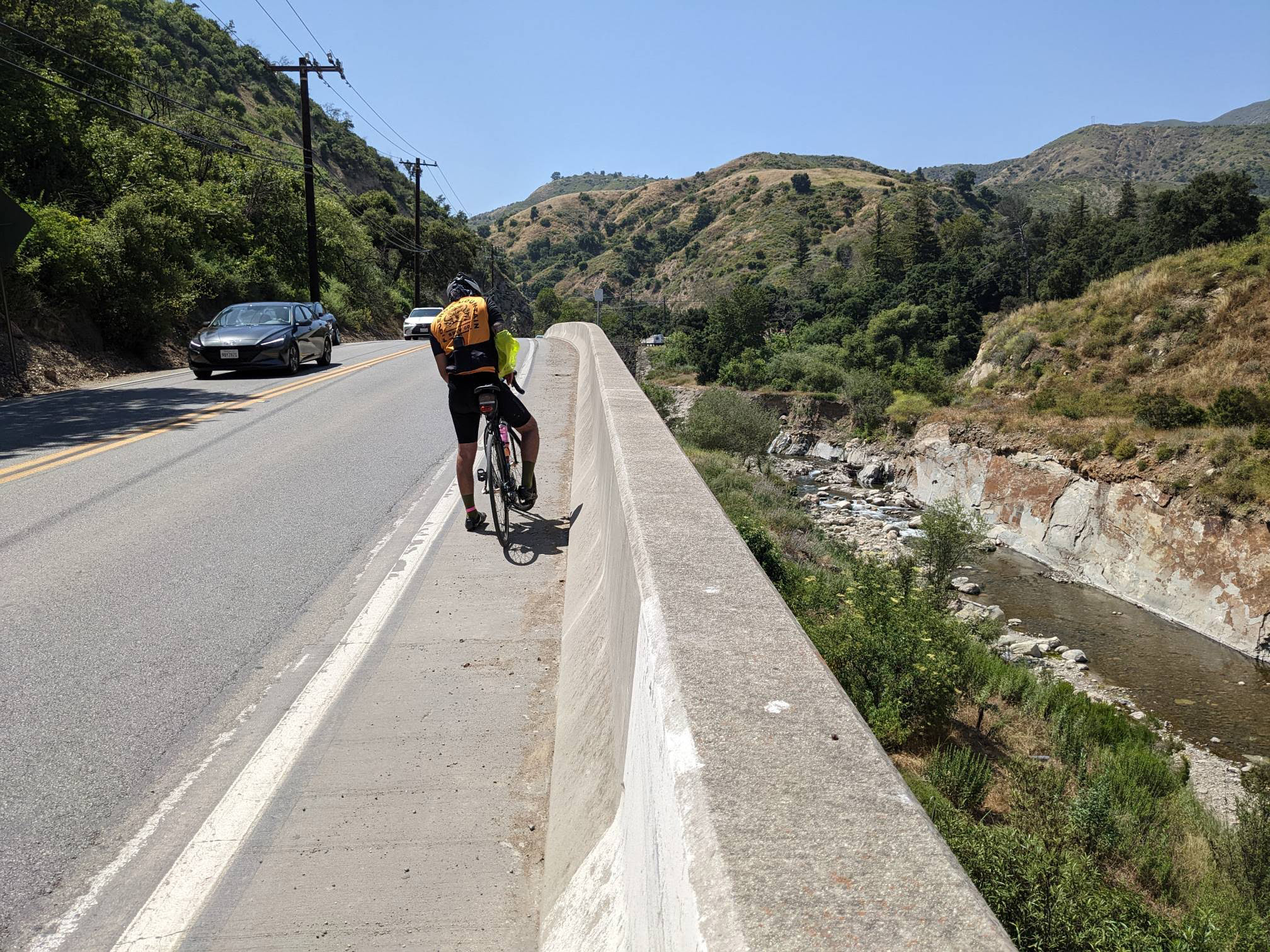
essays
Most Recent
Seeing Ecocatastrophe: Environmentalism and the Aesthetics of Climate Change
It’s a truism for Octavia Butler fans: the postapocalyptic California landscape of her landmark Parable of the Sower (1993) is nearly indistinguishable from contemporary reality. In the novel, Butler’s teenage protagonist, Lauren Oya Olamina, navigates a...
In Pursuit of THE PURSUIT OF LOVE
The 2020s have arrived, bringing sensational headlines on the state of the global economy that anticipate “another Roaring Twenties” or condemn the comparison as “absurd.” What these headlines miss, and often obscure, is the reality of political turmoil and economic...
Universities Must Protect Workers, Not Profits
Even in the best of times, graduate students occupy a precarious position in higher education. But with many universities failing to offer clear directives for what instruction will look like for the upcoming fall semester, the struggles graduate students face are...
Challenging the Peripheral: Reading Assam in Reema Rajbanshi’s Sugar, Smoke, Song
Growing up in the capital city of Guwahati, Assam, life was marked by recurring floods and occasional violence, shaping a unique resilience in middle-class girls like us. We were taught two critical lessons with utmost seriousness: never to venture out...
Can Everyone Travel? What it Means to Travel the World as an African
I was just a tourist, and a black one at that.—Ọlábísí Àjàlá, An African Abroad (1963)In a picture from the 1960s, Ọlábísí Àjàlá, a Nigerian journalist, travel writer, actor, and socialite, poses on his scooter in New Delhi, India. The inscriptions on the vehicle are...
An Eye on AI
What makes AI images a strange invention is their innate inscrutability. What we see in these pictures cannot be said to have existed. Unlike photographs, AI images do not result from light falling on material surfaces; they are functions of algorithms and databases,...
Cemetery: A Colonial Time Portal
All India is full of neglected graves that date from the beginning of the eighteenth century—tombs of forgotten colonels of corps long since disbanded; mates of East India men who went on shooting expeditions and never came back; factors, agents, writers, and ensigns...
Countercultural Chronotopes of Thomas Pynchon
The 1950s in the United States, marked by the post-World War II economic boom, were characterized by pressures to conform, Cold War fears, and increasing government surveillance. By the 1960s, the United States was primed for a revolution in thought and expression. As...
Revis[it]ing the Slave Narrative: The Past and Future of Octavia Butler’s Kindred
Octavia Butler’s groundbreaking 1979 novel Kindred follows the main character Dana, a contemporary Black writer in Los Angeles, as she is pulled across time and space to the Maryland slave plantation where her ancestors lived. Through Dana’s story, Butler uses the...
Elizabeth Stoddard’s Unruly Girlhood
Weird girls are having a literary moment. A search for “weird girl books” on TikTok confirms this, yielding hundreds of videos celebrating the genre. Authors like Mona Awad, Sayaka Murata, and Ottessa Moshfegh feature heavily. These books vary widely in content but...
Poetics of the Data/Body: Intimating Data Visualization After the Post-Internet Turn
When I was a kid, “internet” was still written with a capital “I,” the Internet, like a first-person pronoun, a discrete selfhood. And I was on it. Before Lev Manovich situated algorithms as organized expressions of culture, a kind of spell for transmuting reality...
Writing The Distance
Originally an act of defiance, I began riding bikes religiously in fall 2012, when I enrolled in courses at Mission, Pierce, and Valley College so I wouldn’t have to commute by bus. I was (and still am) undocumented, and President Obama’s executive order, Deferred...









![Revis[it]ing the Slave Narrative: The Past and Future of Octavia Butler’s Kindred](https://larbpublab.org/wp-content/uploads/2024/07/Abstract_30074592884.jpg)


